The Security Dilemma Of Data Growth
15 Feb, 20234 minutesIn an era defined by hybrid work models and remote collaboration, the surge in data usage ha...

In an era defined by hybrid work models and remote collaboration, the surge in data usage has been nothing short of remarkable.
This phenomenon, aptly termed "data sprawl," refers to the scattering of sensitive information across various locations due to the unchecked usage of cloud applications. A startling statistic reveals that one in five employees utilizes personal apps to handle work-related data, leading to an excessive accumulation of personal and sensitive information dispersed across forgotten corners of the digital landscape.
As businesses embrace applications, services, and tools that enable remote and hybrid work setups, hackers are quick to exploit the vulnerabilities that emerge in the process. However, amidst these challenges, security teams have the opportunity to comprehend this trend and effectively mitigate the consequences of data proliferation.
Unlocking Insights Through App Utilization
To holistically grasp and shield the flow of data, security teams must attain a clear understanding of data repositories and the individuals who possess access to them. When sensitive files are scattered across disparate cloud platforms, visibility becomes a significant challenge. Yet, the situation escalates when data gets dispersed among multiple external applications, leading to a labyrinth of access points. A strategic countermeasure involves centralizing sensitive files through dedicated applications. This consolidation not only enhances visibility but also streamlines data management and bolsters security.
Interestingly, the average company engages with a staggering 138 external apps daily. This abundance of apps, many of which offer similar functionalities, poses a golden opportunity for cybercriminals to exploit blind spots. It's no surprise that even giants like Microsoft faced a security investigation after sensitive credentials were unknowingly uploaded to GitHub, exposing vulnerabilities in their internal systems. These incidents act as catalysts for companies to invest in security measures, but they also emphasize the urgency of adopting transparent data management and monitoring practices.
Harnessing App Growth for Enhanced Security
As the adoption of apps gains momentum within workplaces, cybercriminals are presented with a broader attack surface. Some applications may not boast the same level of security as others, offering hackers avenues to infiltrate systems by disguising themselves as seemingly innocuous apps. Instances of this phenomenon are more prevalent than one might think. Microsoft's recent security investigation, stemming from employees inadvertently exposing sensitive credentials, exemplifies the potential breach points that can be exploited by attackers.
Although such incidents galvanize organizations to strengthen their security stance by emphasizing transparency and data monitoring, the harsh reality is that once a breach occurs, the damage might already be done. This highlights the critical role of proactive measures in minimizing the risks associated with data proliferation.
Navigating Industry-Specific Challenges
Curbing data proliferation varies based on industry demands and constraints. Industries such as finance exhibit stricter security controls and regulations that limit the use of external applications within their networks. Conversely, sectors like retail face greater difficulty in restricting data proliferation due to remote work environments and looser industry regulations. For instance, in retail, where around 40% of users upload data to personal apps, IT security teams must proactively mitigate the risks tied to data dispersion.
Implementing Effective Data Spread Limitation Strategies
With robust security strategies and policies in place, organizations can harness the benefits of cloud services and hybrid work environments without falling prey to data proliferation pitfalls. The specifics of these strategies may vary, contingent upon factors like company size, security maturity, and objectives. However, certain core security practices remain unswerving:
- Implement Single Sign-On (SSO): Leveraging SSO for internal applications streamlines user management and facilitates swift access revocation for cloud resources containing sensitive data when employees leave the organization.
- Control Data Movement: Tailor app-specific security controls to prevent the storage of sensitive data in unauthorized locations. These controls can distinguish between personal accounts and corporate accounts, restricting data uploads to authorized platforms.
- Monitor User Behavior: Complement security controls with user behavior analysis, identifying risky activities like excessive downloads from managed apps or uploads to unmanaged ones. This data aids in pinpointing areas that require tighter controls or additional training.
- Education and Training: Effectively communicate security policies and controls to employees. Regular safety training during onboarding and beyond ensures awareness of potential threats, particularly from departing employees who may pose risks through unauthorized data uploads.
As the landscape shifts toward hybrid work environments, safeguarding data becomes increasingly complex, especially with the escalating use of cloud applications. A successful transition to the cloud necessitates stringent security policies and robust infrastructure to mitigate uncontrolled app usage and the resulting data proliferation. The efficacy of hybrid work models relies on organizations, and particularly their security teams, adopting a proactive stance to curbing data sprawl.
If your organization is seeking to bolster its security and mitigate data exposure risks, consider enlisting the expertise of seasoned professionals in the IT Infrastructure industry. Our team of trusted experts can assist you in hiring top-notch specialists in the field. Get in touch with us to initiate the process and ensure your security measures are aligned with the demands of the evolving digital landscape. Embrace data protection and stay ahead of the curve in the dynamic world of hybrid work.









